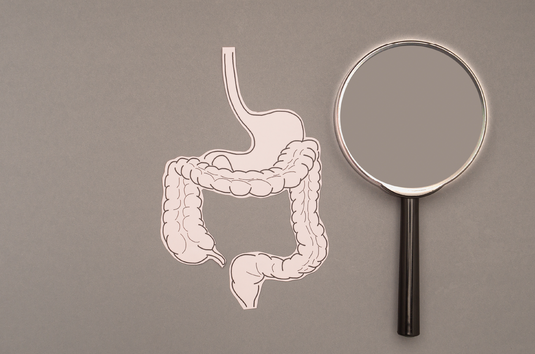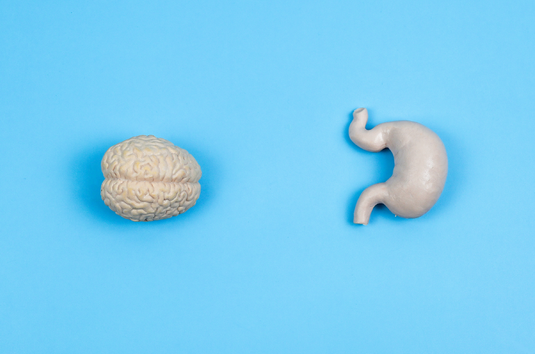
Recognizing whether or not you’re dealing with burnout can be a huge challenge. While the concept of burnout has been around in medicine and psychology for decades, many of us still don’t fully understand what it is and how to spot the symptoms of burnout.
Here’s the science behind burnout - and what you need to know to stop burnout in its tracks.
What is burnout and where did it come from?
One of the first references to burnout comes from author Graham Green in his novel ‘A Burnt-Out Case’. The novel focuses on an architect who can’t find meaning in his profession or take pleasure in his life.
Burnout was later introduced as a psychological phenomenon in 1974 by Freudenberger who described it as a state of exhaustion, fatigue, and frustration, caused by a professional activity that fails to meet expectations. He first observed burnout among volunteers at a mental health clinic and realized it was a major problem in the workplace.
Maslach then built on early definitions of burnout and developed a scale - the Maslach Burnout Inventory (MBI), which is now one of the most widely used measures for burnout internationally.
According to research, burnout is the result of a mismatch between an individual and their conditions at work. That can include:
1.Workload: Having an extreme workload and demands, without space for recovery2.Control: When you don’t have control over the resources you need to do your job
3.Reward: Experiencing lack of reward for the job you do, including financial and social rewards
4.Community: Not having positive connections with your colleagues and managers, leading to frustration and lack of social support
5.Fairness: The feeling of unfairness in the workplace, including unequal workload and pay
6.Values: When your job is asking you to act against your own values and ideals
Today we understand that burnout is not just a work-related problem, and it can occur in any and every part of your life. It has also been recognized as a process rather than a state, and something that develops over time.
Burnout is now classified as a syndrome in which an individual’s response to chronic work stress develops progressively and can become chronic. Burnout syndrome can have an impact on all aspects of your health, including mental health and even physical health.
Health problems caused by burnout
Burnout usually starts as a psychological problem, but if it’s left unchecked it can develop into a syndrome that has a serious impact on your behavior, mental health and physical health.
The symptoms of burnout are not always the same and can vary from person to person. Some of these symptoms include:
- Concentration and memory problems
- Difficulty making decisions
- Anxiety
- Depression
- Dissatisfaction with life
- Low self-esteem
- Insomnia
- Irritability
- Increased alcohol and tobacco consumption
- Increased risk of suicide
In addition to psychological consequences, burnout has also been shown to increase the risk of suffering from physical health problems, including:
- Headaches
- Cardiovascular disorders
- Increased vulnerability to infection
- Chronic fatigue
- Increased blood cortisol levels
- Increased risk of type 2 diabetes
How to tackle burnout
Addressing burnout on a wide scale requires systematic changes in an organization to help employees feel a stronger ability to cope with work demands, experience more control in their lives and feel more satisfied. However, researchers have also found there are some things you can do at an individual level to help combat burnout.
Here are 3 science-backed self-care methods to help you beat burnout:
Yoga
Several studies have explored the use of yoga as a method for coping with stress and burnout in healthcare workers. A six-month yoga program was found to reduce stress and just 11 weeks of yoga was found to improve self-compassion and self-regulation of burnout.
Journaling
Research has found that journaling can help to decrease burnout, reduce stress and improve self-reflection. Just writing down 3 things you’re grateful for each day can help make you feel more positive and more in control.
Mindful coloring
A 2021 study done on teachers in the UK found that a 5-day trial of daily mindfulness coloring helped to lower levels of burnout, stress, anxiety and depressive symptoms in participants. The teachers also reported increased levels of resilience and mindfulness.
Getting beyond burnout
There’s no one easy route to tackling burnout, but introducing more mindfulness activities into your routine can help you to reduce the effects of stress and burnout. The key is to stay consistent and aim to build these activities into daily routines. You may not notice immediate results, but over time you’ll be building up a protective and preventative barrier against burnout.


































































